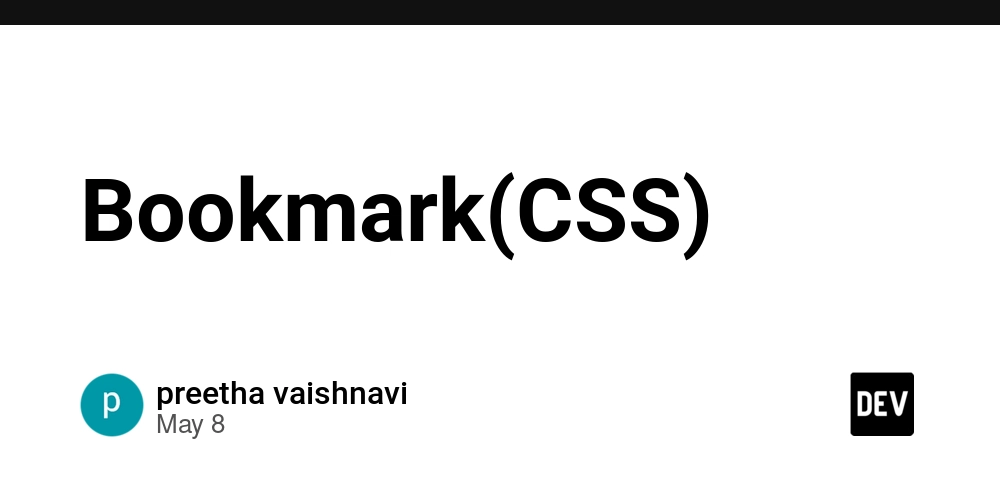Automated Testing in .NET: Continuous Confidence with Less Rework
In complex systems and critical APIs, testing is more than just verifying code — it's about ensuring business rules remain intact as the system evolves. And in the .NET ecosystem, we have powerful tools to make that happen. When working with .NET 8, I follow an approach that combines clarity, performance, and real value for the product team: Unit Testing (xUnit + Moq or NSubstitute) Focused on pure business logic, especially in domain classes and validations. No external dependencies: fast, isolated, and deterministic. I use FluentAssertions for more readable and expressive assertions. Integration Testing (Testcontainers + real database) I spin up real databases (e.g., PostgreSQL, SQL Server) using disposable containers during tests. This covers repository logic, migrations, and actual infrastructure config. It prevents false positives caused by over-mocking. Contract Testing (Pact) Ensures that microservices communicate with the same expectations, even when deployed independently. The consumer generates a contract; the provider validates it — CI enforces consistency. Reduces the “it worked on my machine” syndrome across teams. Additional practices that matter: Realistic test data with Bogus or AutoFixture Coverage reports with Coverlet integrated into CI Parallel test execution with xUnit for faster feedback Validation on PRs via GitHub Actions or Azure DevOps pipelines The result: Safer refactoring More reliable deployments A team that feels confident and focused on delivering value — not fixing bugs

In complex systems and critical APIs, testing is more than just verifying code — it's about ensuring business rules remain intact as the system evolves. And in the .NET ecosystem, we have powerful tools to make that happen.
When working with .NET 8, I follow an approach that combines clarity, performance, and real value for the product team:
Unit Testing (xUnit + Moq or NSubstitute)
- Focused on pure business logic, especially in domain classes and validations.
- No external dependencies: fast, isolated, and deterministic.
- I use FluentAssertions for more readable and expressive assertions.
Integration Testing (Testcontainers + real database)
- I spin up real databases (e.g., PostgreSQL, SQL Server) using disposable containers during tests.
- This covers repository logic, migrations, and actual infrastructure config.
- It prevents false positives caused by over-mocking.
Contract Testing (Pact)
- Ensures that microservices communicate with the same expectations, even when deployed independently.
- The consumer generates a contract; the provider validates it — CI enforces consistency.
- Reduces the “it worked on my machine” syndrome across teams.
Additional practices that matter:
- Realistic test data with Bogus or AutoFixture
- Coverage reports with Coverlet integrated into CI
- Parallel test execution with xUnit for faster feedback
- Validation on PRs via GitHub Actions or Azure DevOps pipelines
The result:
- Safer refactoring
- More reliable deployments
- A team that feels confident and focused on delivering value — not fixing bugs








































































































































































![[The AI Show Episode 146]: Rise of “AI-First” Companies, AI Job Disruption, GPT-4o Update Gets Rolled Back, How Big Consulting Firms Use AI, and Meta AI App](https://www.marketingaiinstitute.com/hubfs/ep%20146%20cover.png)


























































































































![[DEALS] The Premium Python Programming PCEP Certification Prep Bundle (67% off) & Other Deals Up To 98% Off – Offers End Soon!](https://www.javacodegeeks.com/wp-content/uploads/2012/12/jcg-logo.jpg)














































































































-Mafia-The-Old-Country---The-Initiation-Trailer-00-00-54.png?width=1920&height=1920&fit=bounds&quality=70&format=jpg&auto=webp#)
-Nintendo-Switch-2---Reveal-Trailer-00-01-52.png?width=1920&height=1920&fit=bounds&quality=70&format=jpg&auto=webp#)























_Sergey_Tarasov_Alamy.jpg?width=1280&auto=webp&quality=80&disable=upscale#)





























































































![Instacart’s new Fizz alcohol delivery app is aimed at Gen Z [U]](https://i0.wp.com/9to5mac.com/wp-content/uploads/sites/6/2025/05/Instacarts-new-Fizz-alcohol-delivery-app-is-aimed-at-Gen-Z.jpg?resize=1200%2C628&quality=82&strip=all&ssl=1)




















![Beats Studio Pro Wireless Headphones Now Just $169.95 - Save 51%! [Deal]](https://www.iclarified.com/images/news/97258/97258/97258-640.jpg)
































































































